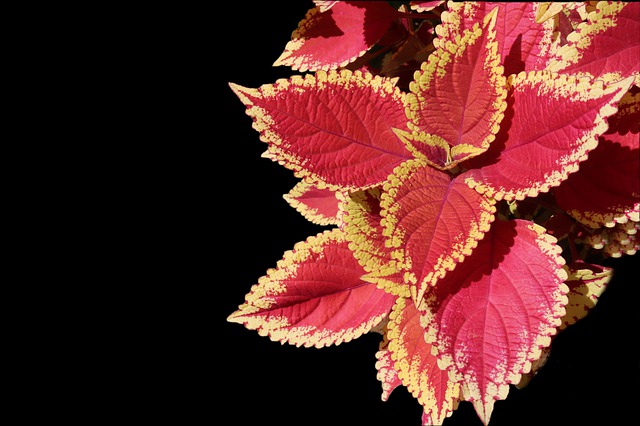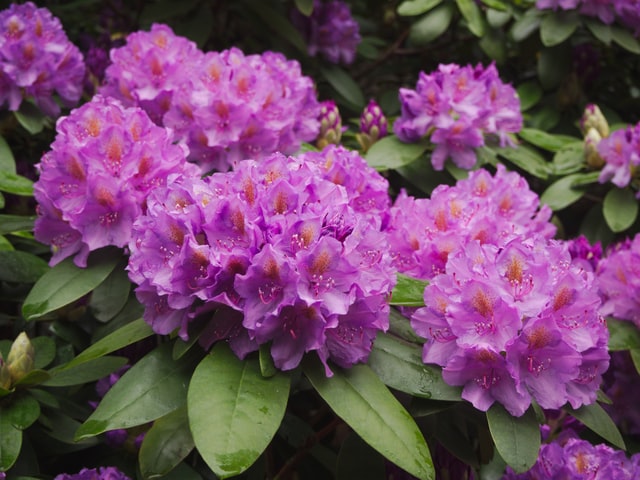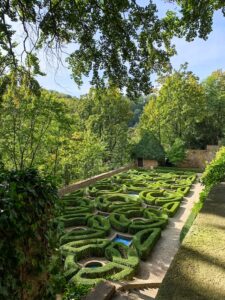This excerpt has been taken from “Annuals for Northern California by “Bob Tanem Don Williamson”. Starting annuals from seed is six to eight weeks before the last spring frost date, and harden off the plants before transplanting them to the garden. “Emergency Tree Removal Service” suggests you on these annuals.
Starting annuals from seed can be fun will provide you with a wider variety of plants than those available at a garden center. There are dozens of catalogs from different growers offering a varied selection of annuals that you can start from seed.
Starting annuals from seed can save you money, particularly if you have a large area to plant. The necessary basic equipment is not expensive, and most seeds can be started in a sunny window. You may, however, encounter a problem of limited space. One or two trays of annuals don’t take up too much room, but storing more than that may be unreasonable. This is why many gardeners start a few specialty plants themselves but purchase the bulk of their annuals already started from a garden center.

Each plant in this book will have specific information on starting it from seed, but there are a few basic steps that can be followed for all seeds. The easiest way for the home gardener to start seeds is in cell-packs in trays with plastic dome covers. The cell-packs keep roots separated, and the tray and dome keep moisture in.
Seeds can also be started in pots, peat pots or peat pellets. The advantage to starting, in peat pots or pellets is that you will not disturb the roots when you transplant your annuals. When planting peat pots into the garden, be sure to remove the top couple of inches of pot. If any of the pot is sticking up out of the soil, it can wick moisture away from your plant. It is also advisable to slice vertically down each side of the peat pot or peat pellet. This ensures the roots will be able to grow out past the pot and into the soil. Another seeding method that does not disturb roots is starting the seed in a 4” pot .when it is time to plant, place the 4” pot in the ground and back fill around the pot. Lift the pot out of the ground and gently remove the plant and root ball from the pot. Gently set the plant into the pre-shaped hole, and water to settle the soil around the root ball. This method works very well as long as the plants are not root-bound.
Use a growing mix (soil mix) that is intended for seedlings. These mixes are very fine, usually made from peat moss, vermiculite and perlite. The mix will have good water-holding capacity and will have been sterilized to prevent pests and diseases from attacking the seedlings. Using sterile soil mix, keeping soil evenly moist and maintaining good air circulation will prevent the problem of damping off. It is heartbreaking to see the tiny plants you have watched sprout from seeds flop over and die from damping off. Damping off is caused by a variety of soil-borne fungi, and the affected seedling will appear to have been pinched area blackens, and the seedling topples over and dies. Damping off can be reduced or prevented by spreading a ¼” layer of peat moss over the seedbed.
Fill your pots, cell packs or seed trays with the soil mix and firm it down slightly. Soil that is too firmly packed will not drain well. Wet the soil before planting your seeds to prevent them from getting washed around. Large seeds can be planted one or two to a cell, but smaller seeds may have to be placed in a folded piece of paper and sprinkled evenly over the soil surface. Very tiny seed like those of Begonia, can be mixed with fine sand before being sprinkled evenly across the soil surface. After sowing the tiny seeds and sand, transplant when the first true leaves appear, as that is when the plants will be big enough to handle.
Small seeds will not need to be covered with any more soil, but medium-sized seeds can be lightly covered, and large seeds can be poked into the soil. Some seeds need to be exposed to light in order to germinate; these should be left on the soil surface regardless of their size.
Place pots or flats of seeds in clear plastic bags to retain humidity while the seeds are germinating. Many planting trays come with clear plastic covers, which can be placed over the trays to keep the moisture in. Remove the plastic once the seeds have germinated. You should check the progress of your seedlings daily.
A cold frame is a wonderful tool. It can be used to protect tender plants over winter, to start seeds early in winter and spring, to harden plants off before moving them to the garden, to protect fall-germinating seedlings and young cuttings and to start seeds that need a cold treatment if your area gets cold enough. This mini-greenhouse structure is built so that ground level on the inside of the cold frame is lower than on the outside. The angled, hinged lid is fitted with glass. The soil around the outside of the cold frame insulates the plants inside. The lid lets light in and collects some heat during the day and prevents rain from damaging tender plants. If the interior gets too hot, the lid can be raised to create ventilation.
Water seeds and small seedlings with a fine spray from a hand-held mister-small seeds can easily be washed around if the spray is too strong. I recall working at a greenhouse where the seed trays containing Sweet Alyssum was soon found growing just about everywhere-with other plants, in the gravel on the floor, even in some of the flowerbeds. The lesson is ‘water gently’. A less hardy species would not have come up at all if its seeds were washed into an adverse location. The amount and timing of watering is critical to successful growing from seed. Most germinated seed and young seedlings will perish if the soil is allowed to dry out. Strive to maintain a consistently moist soil, which may mean watering lightly 2-3 times a day. As the seedlings get bigger you can cut back on the number of times you have to water but you will have to water a little heavier. A rule of thumb is when the seedlings have their first true leaves you can cut back to watering once a day.
Small seedlings will not need to be fertilized until they have about four or five leaves. Seeds provide all the energy and nutrients that young seedlings require. Fertilizer will cause the plants to have soft growth that is more susceptible to insects and diseases, and too strong a fertilizer can burn tender young roots. When first leaves that sprouted begin to shrivel, the plant has used up all its seed energy and you can begin to use a fertilizer diluted to one-quarter strength when feeding seedlings or young plants.
If the seedlings get too big for their containers before you are ready to plant in your garden, you may have to transplant the seedling to larger pots to prevent them from becoming root-bound. Harden plants off by exposing them to sunnier, windier conditions and fluctuating outdoor temperatures for increasing periods of time every day for at least a week.
Some seeds can be started directly in the garden. The procedure is similar to that of starting seeds indoors. Start with a well-prepared bed that has been smoothly raked. The small furrows left by the rake will help hold moisture and prevent the seeds from being washed away. Sprinkle the seed onto the soil and cover them lightly with peat moss or more soil. Larger seeds can be planted slightly deeper into the soil. You may not want to sow very tiny seeds directly in the garden because they can blow or wash away. The soil should be kept moist to ensure even germination. Use a gentle spray to avoid washing the seeds around the bed because they inevitably pool into dense clumps. Covering your newly seeded bed with chicken wire, an old sheet or some thorny branches will discourage pets from digging. Covering the seeded area with a row cover also discourages pets and helps speed up germination. Remove the cover once the seeds have germinated.
Some annuals are better choices than others for direct sowing in the garden. Annuals that are difficult to transplant or that have large or quick-germinating seeds are good to direct sow.

Annual for Direct Seeding
Amaranth
Baby’s Breath
Bachelor’s Buttons
Bird’s Eyes
Black-eyed Susan
Blue Lace Flower
California Poppy
Candytuft
Cosmos
Forget-me-not
Fried-egg Flower
Godetia
Larkspur
Lychnis
Mallow
Nasturtium
Painted Daisy
Phlox
Poppy
Pot Marigold
Scarlet Runner Bean
Spider Flower
Sunflower
Sweet Alyssum
Sweet Pea
Zinnia
Continue reading on Purchasing Woody Plants

